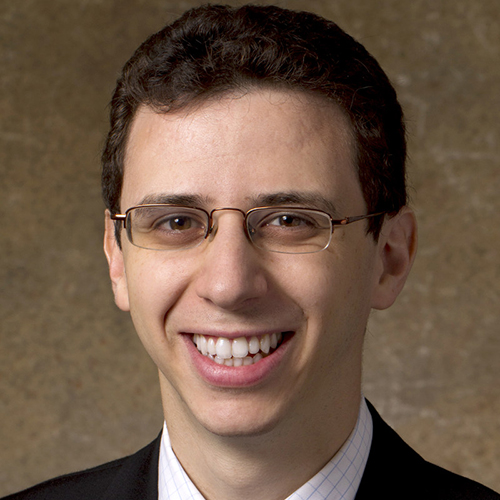Blog Post
Urgent Care Centers: Lower-Cost Than Emergency Departments, but They Increase Spending
A Health Care Paradox
The rapid expansion of Urgent Care Centers (UCC) over the past decade has raised the tantalizing possibility that UCCs could be a cost-effective alternative for visits that do not need the full capabilities of an emergency department (ED). On the surface, this seems to make sense. In our new study in Health Affairs, the average UCC visit cost only $171 compared to the staggering $1,646 for an ED visit. That per-visit difference likely explains why insurers have implemented strategies such as higher copayments to deter ED visits and encourage patients to use lower-cost alternatives. However, the relative convenience of UCCs could result in increased numbers of visits, which might increase overall spending. That’s exactly what we found.

In this study, we track the UCC and ED usage of roughly 29 million managed care enrollees over 12 years. Although we do find a relationship between UCC visits in a ZIP code and fewer lower-acuity ED visits, the overall volume of unscheduled care visits rose dramatically: 37 urgent care visits were associated with the decline of one lower-acuity emergency department visit. This implies that each $1,646 saved by preventing a lower-acuity ED visit was offset by a $6,327 increase in UCC costs.
Thus, we should be cautious in assuming that UCCs, in isolation, are a panacea for reducing ED spending. Other promising strategies are to better support primary care, improving tools to help patients “self triage,” and addressing transportation barriers. For instance, public and private payers could incentivize extended hours and same-day primary care appointments through funding increases, increased reimbursement for these visits, or primary care medical homes. To help patients with tools about where and when to seek care, we could improve nurse triage phone lines using machine learning and natural language processing. This type of model was pioneered at Penn recently through its COVID Watch program. Health plans and accountable care organizations could also fund nonemergency medical transportation through Uber and Lyft vouchers to make it easier for some patients to go to non-ED care sites.
The jury’s still out on the effects of UCCS on overall health care utilization and spending. It is possible that some of the UCC visits may have offset primary care visits, which we did not study. In addition, even if they raise costs, there are likely some benefits to patients having greater access to unscheduled care, although the clinical benefit of these additional visits remains an unknown but promising topic of future study.
The article, Urgent Care Centers Deter Some Emergency Department Visits But, On Net, Increase Spending, was published in the April 2021 edition of Health Affairs. Authors are Bill Wang, Ateev Mehrotra, and Ari B. Friedman.